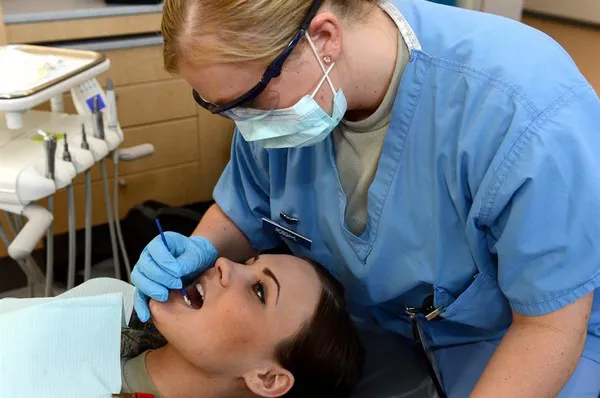When it comes to oral health and dental care, many people are familiar with the term “dentist,” but they may be less certain about what an orthodontist does. Both dentists and orthodontists play crucial roles in maintaining and improving oral health, but their areas of expertise and the services they provide differ. In this article, we will explore the key differences between a dentist and an orthodontist, helping you better understand their roles and how they contribute to your overall dental well-being.
Dentists: The Foundation of Oral Health
Dentists are dental professionals who specialize in general oral health care. They are often the first point of contact for patients seeking routine dental check-ups, cleanings, and treatments for various dental issues. Dentists are highly trained in diagnosing and treating dental problems related to the teeth, gums, and overall oral cavity. Some of the services provided by dentists include:
Dental Examinations: Dentists perform comprehensive dental examinations to assess the overall health of the mouth, teeth, and gums. They may take X-rays and use various diagnostic tools to identify any dental issues or areas of concern.
Cleanings: Dentists and dental hygienists clean and polish the teeth to remove plaque, tartar, and stains, helping to prevent cavities and gum disease.
Fillings: Dentists treat dental cavities by removing decayed tooth material and filling the space with restorative materials such as dental amalgam or composite resin.
Root Canals: Dentists may perform root canal therapy to save a severely decayed or infected tooth by removing the infected pulp and sealing the root canals.
Extractions: Dentists may extract teeth that are severely damaged or impacted and cannot be saved through other treatments.
Gum Disease Treatment: Dentists diagnose and treat gum disease, providing scaling and root planing procedures to remove plaque and tartar from below the gumline.
Orthodontists: Specialists in Teeth Alignment
Orthodontists are dental specialists who focus on the alignment of the teeth and jaws. They undergo additional education and training beyond dental school to specialize in orthodontics. Orthodontists are experts in diagnosing and correcting dental irregularities, such as misaligned teeth, overcrowded teeth, and malocclusions (bad bites). Some of the services provided by orthodontists include:
Braces: Orthodontists design and apply various types of braces, including traditional metal braces, ceramic braces, and lingual braces, to gradually move the teeth into their proper positions.
Clear Aligners: Orthodontists may recommend clear aligner systems like Invisalign to discreetly align the teeth without the need for traditional braces.
Retainers: After completing orthodontic treatment, orthodontists provide retainers to help maintain the newly aligned teeth in their corrected positions.
Jaw Alignment: Orthodontists may address jaw discrepancies and misalignments through orthodontic appliances and treatments.
Key Differences
The primary differences between dentists and orthodontists lie in their areas of specialization and the scope of services they provide:
Education and Training: Both dentists and orthodontists are dental professionals, but orthodontists undergo additional education and training to specialize in orthodontics. After completing dental school, orthodontists typically complete a postgraduate orthodontic residency program.
Scope of Practice: Dentists provide a wide range of general dental services, while orthodontists focus specifically on teeth and jaw alignment issues.
Referrals: In some cases, a dentist may refer a patient to an orthodontist if they identify significant alignment issues that require specialized treatment.
Treatment Duration: While dentists often provide immediate dental care, orthodontic treatment plans can span several months to a few years, depending on the complexity of the case.
Conclusion
In summary, both dentists and orthodontists play critical roles in maintaining and improving oral health. Dentists focus on general dental care, including check-ups, cleanings, fillings, and other routine treatments. On the other hand, orthodontists specialize in teeth and jaw alignment, offering services such as braces and clear aligners to correct dental irregularities. The collaboration between dentists and orthodontists ensures that patients receive comprehensive and personalized dental care, leading to optimal oral health and a confident smile. If you have specific dental concerns, consult with your dentist or seek a referral to an orthodontist for specialized evaluation and treatment options.
































